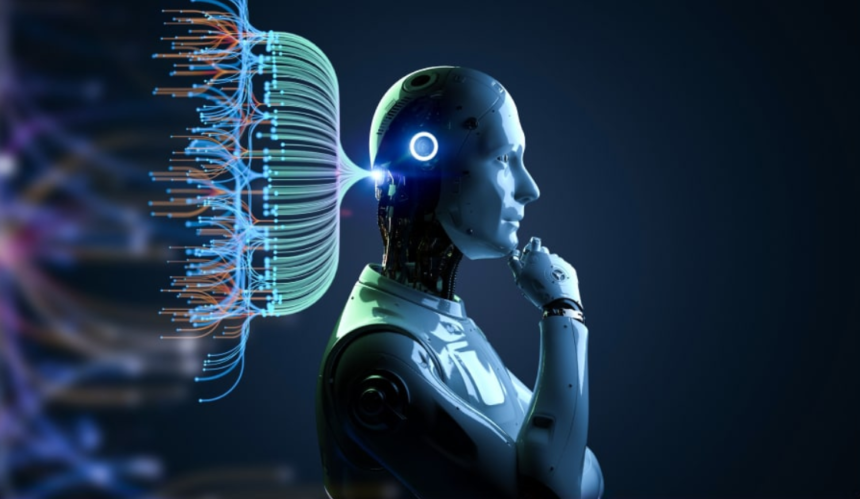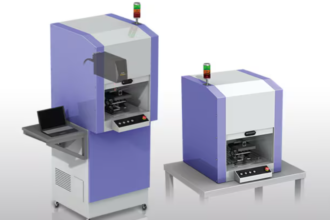The rapid advancement of artificial intelligence has transformed digital creativity, with AI image generators leading the way. These powerful tools can create stunning visuals from simple text descriptions, revolutionizing industries like design, marketing, and gaming. But how exactly do AI image generators work? Let’s explore the core technology behind them, using CGDream as a prime example.
The Core Technology Behind AI Image Generation
AI image generators rely on deep learning models, particularly neural networks trained on vast datasets of images and text. These models learn patterns, structures, and artistic styles, allowing them to generate high-quality visuals from text-based inputs. The process can be broken down into key steps:
1. Understanding the Input (Prompt Interpretation)
The AI begins by analyzing the user’s prompt, breaking it down into essential elements. Tools like CGDream enhance short prompts using DreamUp, which improves descriptions for more detailed and accurate outputs. This ensures even simple inputs produce refined, high-quality results.
2. Generating the Initial Image (Diffusion Models)
Most AI image generators use diffusion models, a technique where the AI starts with random noise and refines it step by step. CGDream leverages FLUX Dev, an advanced AI model, to create professional-grade images by gradually improving the image clarity and detail with each iteration.
3. Applying Customizations (Styles, Structure Transfer, and Inpainting)
AI image generators allow for extensive modifications. Users can tweak generated images using:
- LoRa Styles– AI-powered styles that enhance details and artistic effects. CGDream provides over 300 AI styles for customization.
- Inpainting – Allows users to modify specific parts of an image by selecting an area and providing a new prompt.
- Structure Transfer – Ensures that the general layout of an image remains consistent while changing textures, colors, or artistic styles.
4. Final Touches (Upscaling and Image-to-3D Conversion)
Once an image is generated, AI tools can further refine it:
- Upscaling increases resolution, adding more detail and improving image clarity. CGDream offers 2x and 4x AI upscaling for enhanced quality.
- Image-to-3D conversion turns 2D images into 3D models, making AI-generated content usable for animation, gaming, and digital art.
The Future of AI Image Generation
AI image generators like CGDream are shaping the future of creative industries. From Text-to-Image to 3D-to-Image, these tools provide powerful solutions for artists, designers, and developers. With continuous improvements in AI models and customization options, the possibilities are expanding, making AI-generated art more sophisticated and accessible than ever.
Whether you’re creating visuals for marketing, gaming, or artistic projects, AI image generators are here to transform the creative landscape—one prompt at a time.















